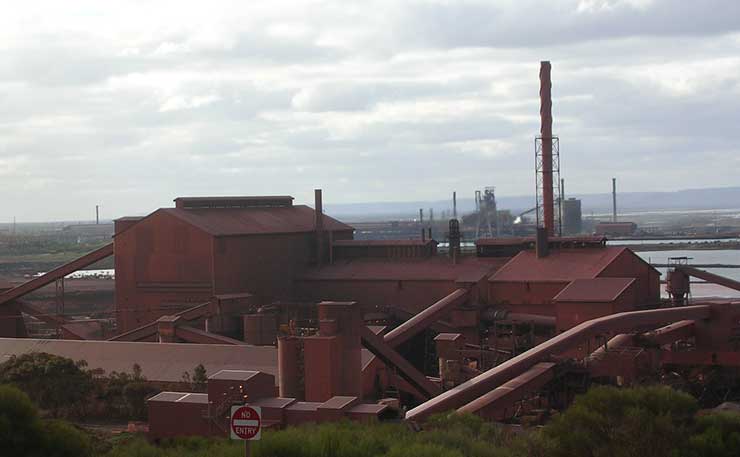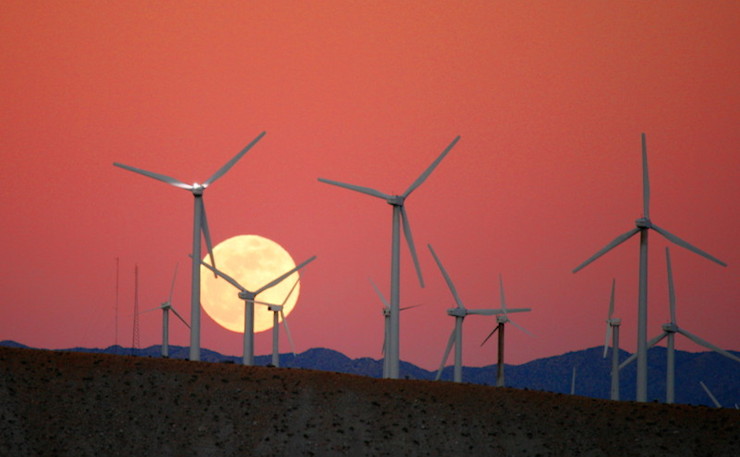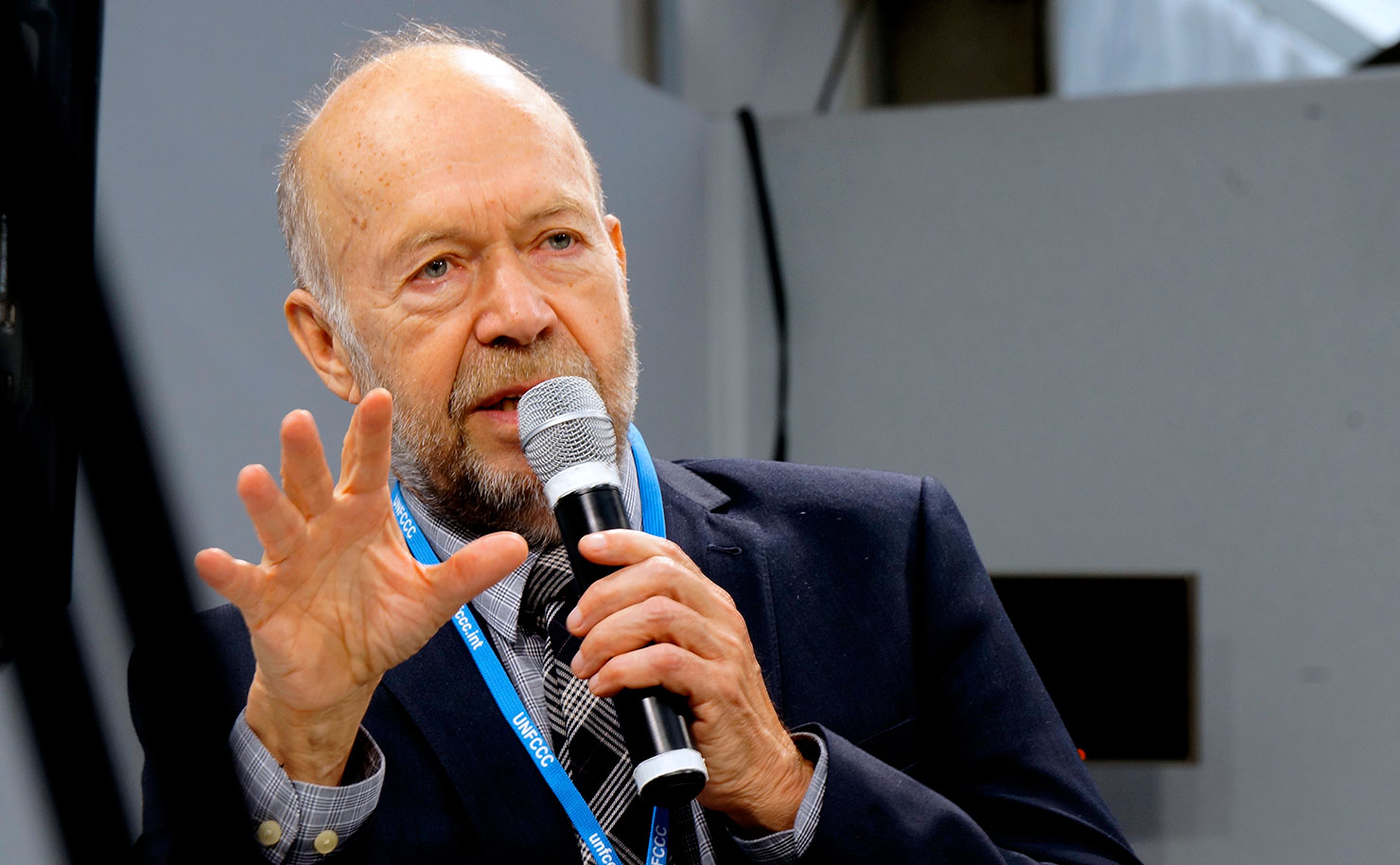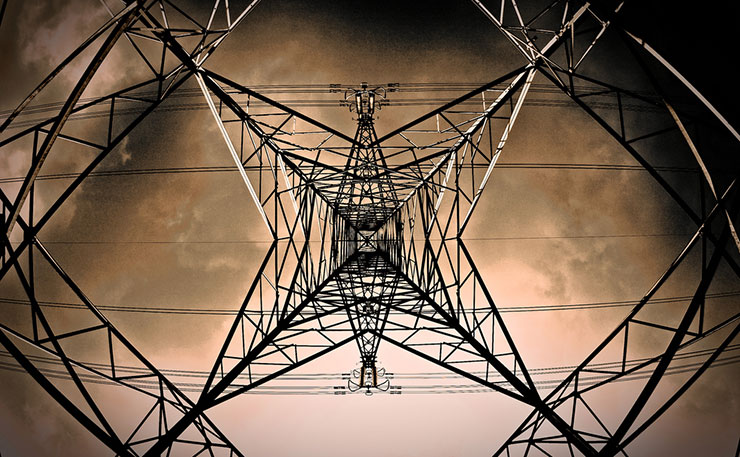The recent power failure in South Australia was expensive, explainable and predictable, writes nuclear energy advocate and New Matilda columnist Geoff Russell.
South Australia has just had some bad weather. Not bad like hurricane Matthew’s trail of destruction in the Caribbean, but bad enough to destroy livelihoods and put lives at risk.
The impacts of bad weather anywhere extend over years. The flooded market gardens will mean increased food prices in the short term and strengthen calls for more money to be spent on flood prevention and mitigation in the long run.
Underinsured businesses may fail and there will be hardship and perhaps even suicide.
The storms toppled power transmission towers and the entire state was blacked out. Large sections of roads in the Adelaide hills fell away as if hit by an earth quake. Backup generators failed in hospitals and businesses. At Whyalla’s steelworks, slabs of steel cooled prematurely and will have to be removed by welding teams in coming weeks.
Medications and much else needing refrigeration had to be dumped and generator sales soared as tens of thousands of households endured not just the initial hours felt by the entire state, but a day or two without power.

Given our propensity for self-interest, I’d expect sales of big battery banks will also boom over the next year or two. If you are into shares, then I’d suggest lead, zinc, cobalt and lithium. One of my UPS units lasted barely 60 seconds instead of the half hour I’d expected, so I’ll certainly be calling for a Royal Commission into UPS standards!
So what went wrong?
Here’s what didn’t happen… a massive storm knocked over huge transmission towers and a grid collapse was the inevitable outcome; the first bit is true and the second is bollocks.
In 2012 a study by Ben Heard and James Brown into a nuclear power option for SA looked at the failure parameters for the South Australian grid.
Grid operators always know how big a generator can fail without bringing down the grid. As a rule of thumb, they want the system to stay up even if their biggest generator fails.
In 2012, Electranet estimated that the grid could handle a 450 mega watt (MW) loss without crashing.
But it’s not just the amount of power that is important. Traditional generators are large lumps of spinning metal which have considerable inertia. Solar doesn’t work like this, and nor, a little surprisingly, do wind turbines. A heavy vehicle has inertia which keeps it moving when it hits a hill. So it is with traditional baseload turbines: they resist slowing down.
If your electricity network has lots of these then it has considerable inertia in the face of sudden losses… it will fail slowly and give you time to respond, typically by load shedding… meaning selectively cutting power to small areas. But the SA network has been radically transformed in recent years and has lost significant capacity to withstand failure.
So how much power did SA lose when those big towers collapsed? A mere 315 MW. The grid should have stayed up and would have stayed up in times past.

At the time of the blackout, the Heywood interconnector was the main source of high inertia power on our grid, and it was running near capacity; shipping in coal power from Victoria.
When the towers collapsed there wasn’t enough capacity in that connector so it was overloaded and turned itself off to avoid damage.
If you want the full blow-by-blow story of what happened, then read the official AEMO report or head over to Ben Heard’s blog for a readable explanation.
The Greens responded locally by making a video reminding people that the storms should be viewed as a powerful portent of our coming destabilised climate. Quite right. Warning people of impending doom soon loses it’s power in the face of continued unruffled contentment amid an almost infinite supply of football finals and cooking programs.
But because their renewable energy policy is rooted in slogans rather than science, they also mounted a robust defence of their renewable energy champion despite him presently spewing blood and thrashing around like the Monty Python Black Knight.
I had a meeting with a senior Greens figure before the recent Federal Election to talk about nuclear power. I was accused of bombarding them with facts. Silly me, I should have arrived with a guitar and a couple of evocative ballads.
“I’m not a scientist” he kept saying, “but I’ve been told” … he went on. “By whom?” By someone else who wasn’t a scientist and doesn’t seem to know any.
James Hansen by contrast, is not just a scientist; but a scientist’s scientist; somewhere near the top of a very smart heap. He’s also know as the Father of Climate Change Awareness, and one of the world’s most respected scientists on the issue of climate change.
His new paper is 40 dense pages, co-authored with 11 similarly eminent experts.
Their paper calculates the burden we are placing on future generations by our selfish inaction; they will have to work out a way of pulling large amounts of our carbon out of their sky.

How much carbon?
If we can reduce greenhouse emissions by 6 percent per year every year starting in 2021, then by 2100 our descendants will still need to pull another 72 parts per million (ppm) of carbon out of the atmosphere to keep the kind of climate we’ve had for 10,000 years.
Is 72 ppm a big number? It’s rather more than the 47 ppm that 200 years of deforestation has sent skywards.
Is 6 percent a big target? France, Belgium and Sweden managed 5 percent per year with their nuclear roll out in response to the oil crisis in the 1970s. The move to natural gas, by contrast, only achieved a sustained 1-2 per cent in the UK and elsewhere. In the years since it passed its Renewable Energy Act in 2000, Germany has been reducing emissions by about one percent annually.
So keeping a livable climate will be really tough with nuclear and impossible without. It’s that simple. Not only do we need nuclear, we need old nuclear. The anti-nuclear movement and the industry itself have done a great job in making nuclear expensive and complex.
But the paper doesn’t just cover the energy and carbon. Hansen has a history of being able to think about many parts of the climate mechanism and understand how they connect. So he and his co-authors deal with and quantify the full gamut of factors: nuclear, renewables, energy efficiency, reforestation, biochar, melting permafrost, ruminant methane, dietary shifts, wetlands, bioenergy with carbon capture, man-made aerosols and volcanic eruptions.
We need action on many fronts and the Greens policy failures don’t just involve nuclear, but food. Without a shift in diets, we can’t tackle reforestation and ruminant methane.
When are the Greens going to make climate policy based on evidence? Our two major parties are both in a state of policy paralysis over climate change for exactly the same reasons… their respective anti-science parochial factions of self-interest are too powerful.
The Greens are currently the only climate conscience in our parliament, but they too are hamstrung by similar anti-science attitudes and a leader who doesn’t get the link between food and the climate.
In essence, the Greens don’t actually accept climate science per-se; for them the issue is just a big stick they use to bludgeon their traditional foes; multinational big business.
Sarah Hansen Young was spot on in hoping these storms in South Australia would be a wake up call. But for whom?
I’d call them a wake up call for the Greens. And I’d call Hansen’s paper one in a long sequence of wake up calls for everybody in our luddite Parliament houses around Australia.
It’s time they stopped reading polls and started reading and listening to scientists. It’s time we had leaders in charge instead of followers.
* You can read an alternative take on the SA blackouts here from New Matilda columnist Thom Mitchell, and here from New Matilda columnist Ian McAuley.
Donate To New Matilda
New Matilda is a small, independent media outlet. We survive through reader contributions, and never losing a lawsuit. If you got something from this article, giving something back helps us to continue speaking truth to power. Every little bit counts.





